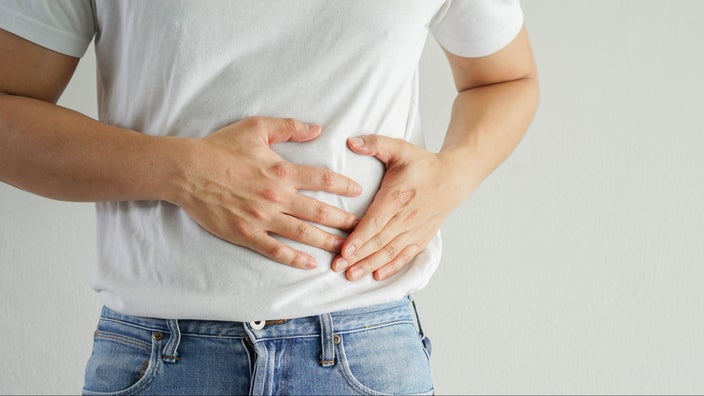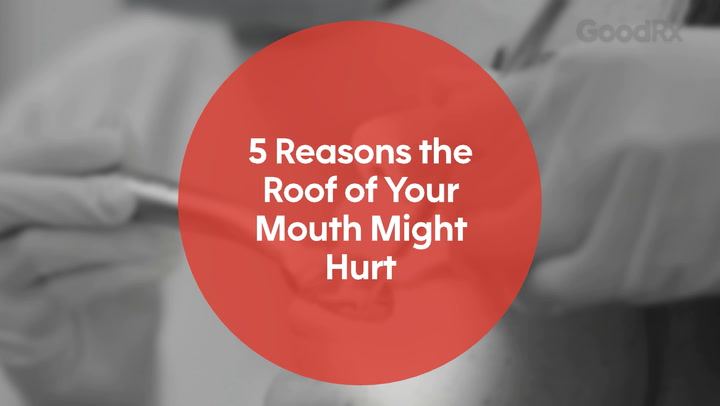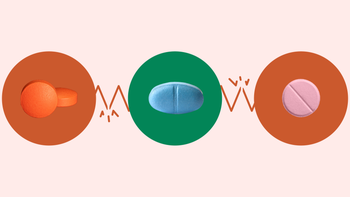
Kidney Pain vs. Back Pain: How to Tell the Difference
Key takeaways:
Most back pain is caused by muscle strains or spasms. But some kidney problems can also cause back pain.
Infections and stones are the two most common causes of kidney-related back pain.
Back pain that occurs with fever, vomiting, or changes in urine could be caused by kidney problems.

Around 8 in 10 people will have back pain at some point in their lives. Sometimes you know what happened — like trying a new workout, lifting something heavy, or sitting for too long. But muscle strains and spasms aren’t the only cause of back pain. In fact, there are other important organs back there — like the kidneys.
So how do you know if your kidneys are the cause of your back pain? Let’s review some clues that can help to tell the difference between kidney pain and back pain.
Common causes of back pain
Most back pain comes from the muscles, bones, or discs of the spine. It can often be the result of an injury, wear and tear, repetitive movements, or other conditions.
Search and compare options
Here’s an overview of the most common causes of back pain:
Muscles: This might be tension, a strain, or a tear. Sometimes the ligaments and tendons that connect muscles and bones get inflamed, too.
Bones: Pain in the bones of the spine can occur with a fracture, arthritis, scoliosis, or a tumor.
Discs: These are the cushions between the bones of the spine. Sometimes they push against spinal nerves and cause pain.
Blood vessels: If the largest blood vessel in the body — the aorta — is damaged or leaking, it causes severe back pain.
Organs: Back pain can also come from organs like the kidneys, uterus, ovaries, gallbladder, or pancreas.
What causes kidney pain?
Kidney pain can happen if the kidneys are swollen, blocked, or inflamed. Let’s look at the most common issues that can cause this.
Urinary tract infection
A urinary tract infection (UTI) starts in the bladder. If the infection travels up to the kidneys, it causes pyelonephritis, a more serious condition. Symptoms of pyelonephritis include:
Pain in the back or side
Fever or chills
Frequent or painful urination
Nausea or vomiting
Urine that’s cloudy, bloody, or has a strong odor

Kidney stones
Kidney stones are another cause of kidney pain. This happens when chemicals in the urine form small stones in the kidney. This can cause pain if the stone gets caught when it travels from the kidney to the bladder. It can also cause pain if a stone causes a backup of urine and the kidney swells.
The symptoms of a kidney stone include:
Pain that comes and goes in waves
Pain that makes you want to move around when it’s happening
Pain that travels down to the low abdomen or groin
Cloudy, dark, or bloody urine
Nausea or vomiting
Fever and chills (if the backed-up urine becomes infected)
Other kidney conditions
Sometimes kidney pain can be the result of an injury or kidney conditions present from birth or that develop over time. Other, less common causes of kidney pain include:
A tumor, or something else putting pressure on the kidneys
Trauma or injury to the kidney
A lack of blood flow to the kidney, which can happen with atherosclerosis
What does kidney pain feel like?
The kidneys are located in the back, but deeper inside the body. And they can sometimes be a source of pain in the back and other areas. There’s no sure way to know if a kidney problem is the cause of your back pain.
Here are some kidney pain symptoms to watch for:
Location of the pain: The kidneys are located between the rib cage and hips. There’s a kidney on each side of the spine. Kidney pain is often felt on either the left or right flank (side), under the rib cage, in the middle part of the back.
Type of pain: Kidney pain comes from a deeper place than the muscles. This means it usually doesn’t get worse with lifting, twisting, or bending like muscle pain does. Sometimes kidney pain feels dull and constant. Other times it comes in waves. Or it might shoot from the kidneys to the low back or groin.
Other symptoms: A fever with back pain points toward infection in the kidneys. Blood in the urine or nausea and vomiting along with back pain may signal an infection or kidney stone.
The kidneys have some big jobs to do. They get rid of waste products from the blood and keep your electrolytes in balance. So it’s important to know if your back pain may mean that your kidneys are in trouble.
When should you get medical attention for back pain?
Most back pain from muscle strains and spasms gets better with time and care at home, including stretching. But there are some warning signs that your back pain may be something more serious.
Get medical attention if you have back pain with these symptoms:
Weakness or numbness in the legs
Fever or chills
Nausea and vomiting
Painful urination
Dark or bloody urine
Inability to urinate
Weight loss without trying
The bottom line
Most back pain is caused by an injury to the back muscles. Back pain from the kidneys is less common. But because the kidneys are so important, it’s important to know the causes of kidney pain. If your back pain is severe or comes with a fever or changes in your urine, it’s time to visit your doctor’s office or head to the emergency room.
Why trust our experts?



References
American Kidney Fund. (2022). Kidney pain: Causes, why kidneys hurt, and when to seek care.
HealthDirect Australia. (2021). Kidney pain.
MedlinePlus. (2016). Back pain.
MedlinePlus. (2022). Low back pain - Acute.
National Institute of Arthritis and Musculoskeletal and Skin Disease. (2023). Back pain.
National Institute of Diabetes and Digestive and Kidney Diseases. (2017). Symptoms & causes of kidney infection (pyelonephritis).

























